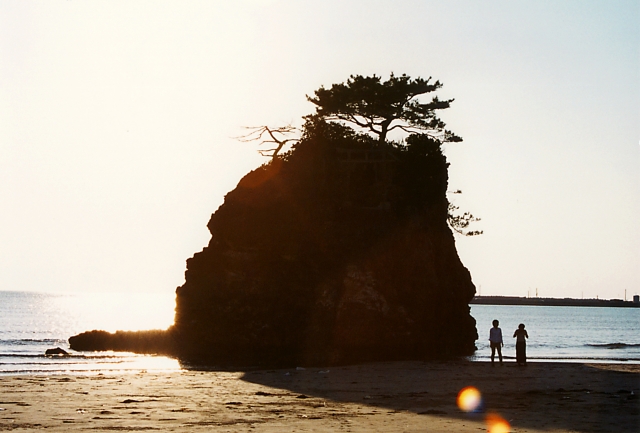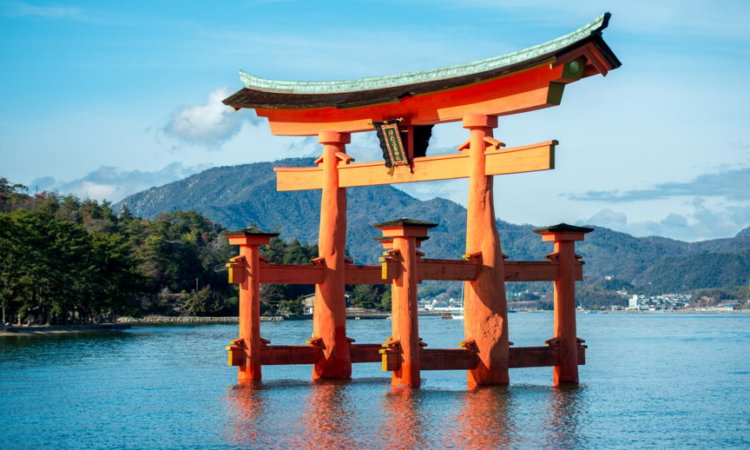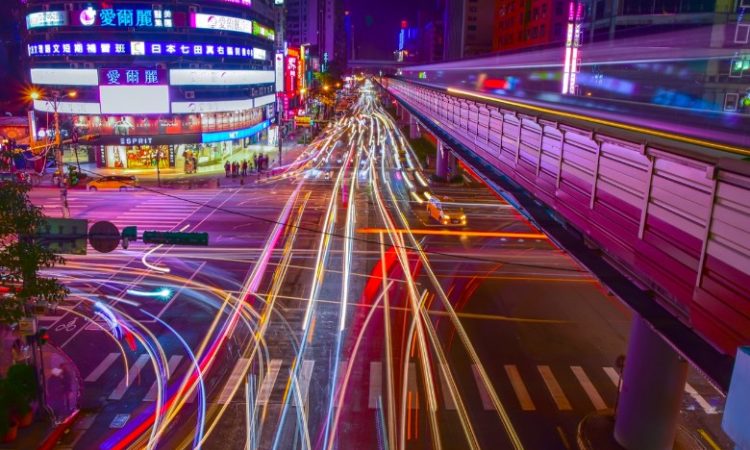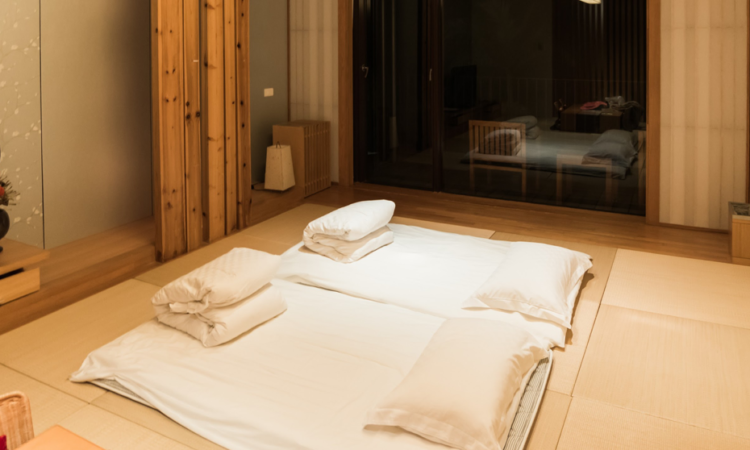So, you’ve been in Japan for a while now, you’ve seen the ancient shrines, the aging temples, the towering pagodas. Beautiful relics of a time gone by preserved through blood, sweat and tears to keep their memory alive. Yet, what are they for? Who do they represent? Why were they built? And for whom? That’s where Japanese mythology comes in.
The Basics of Japanese Mythology
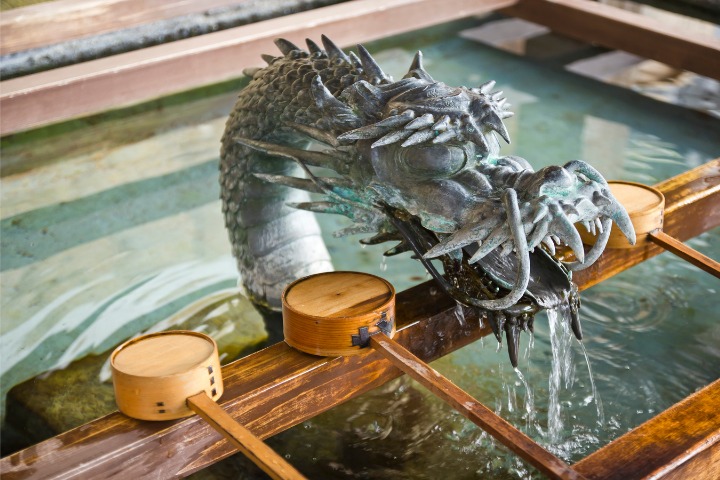
Many foreigners to Japan know about the shrines and the Shinto beliefs behind them, yet many do not know about the mythology behind Japan’s staple belief system, how it came to be, the intricacies of the stories, and the gods that weave them.
This article will be giving a comprehensive overview of Japanese Mythology, its main points of intrigue, its main kami, 神 (gods), and other key parts that I believe are integral to the story of Japanese mythology.
I believe that knowing more about the spiritual culture and mythos behind Japan’s history can be vital for a foreigner living in the country as it can give them a deeper understanding and view of Japan’s culture and customs.
An Account of Ancient Matters
All information we have today about ancient Japan, its customs, traditions, history and mythos come from two places. First, the Kojiki, 古事記, “Records of Ancient Matters” or “An Account of Ancient Matters” and can also be read as Furukotofumi, is the oldest extant chronicle in Japan dating back to the early 8th century, around 711-712, and was composed by Ō no Yasumaro, a Japanese chronicler, at the request of Empress Genmei, the 43rd monarch of Japan.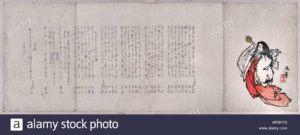 The Kojiki is a grand collection of myths, legends, songs, genealogies, oral traditions and semi-historical accounts dating back to 641 concerning the origin of the Japanese archipelago and the Kami involved. Many of the myths and rituals present in the Kojiki are what formed the basis of Shinto as we know it today. Many Shinto beliefs and rituals come from the annals of the Kojiki.
The Kojiki is a grand collection of myths, legends, songs, genealogies, oral traditions and semi-historical accounts dating back to 641 concerning the origin of the Japanese archipelago and the Kami involved. Many of the myths and rituals present in the Kojiki are what formed the basis of Shinto as we know it today. Many Shinto beliefs and rituals come from the annals of the Kojiki.
The second is the Nihon Shoki, 日本書紀, “The Chronicles of Japan” and can also be read as Nihongi, 日本紀, “Japanese Chronicles”. It is the second oldest extant chronicle in Japan, and whilst it is a few years younger than the Kojiki it is a lot more elaborate and detailed with its stories, proving itself to be a valuable tool for historians and archaeologists. As it includes the most complete extant historical record of Japan.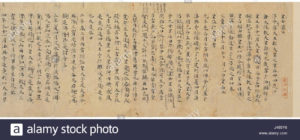 The Nihon Shoki was finished in 720, 8 years after the Kojiki, under the editorial supervision of Prince Toneri, a imperial prince of the nara period, and with the assistance of Ō no Yasumaro again but this time dedicated to Empress Genshō, the 44th monarch of Japan.
The Nihon Shoki was finished in 720, 8 years after the Kojiki, under the editorial supervision of Prince Toneri, a imperial prince of the nara period, and with the assistance of Ō no Yasumaro again but this time dedicated to Empress Genshō, the 44th monarch of Japan.
Along with the Kojiki and the Nihon Shoki, around this time period the reigning monarchs of Japan commissioned local gazetteers known as Fudoki, 風土記. These Fudoki, are manuscripts that document, agricultural, geographical and historical records of local areas, as well as the local mythology and folklore. Meaning that while they do not contain the detailed vast expanses of history the oldest chronicles do, they contain more niche and relative lore that would otherwise by lost to history.
Tenchikaibyaku
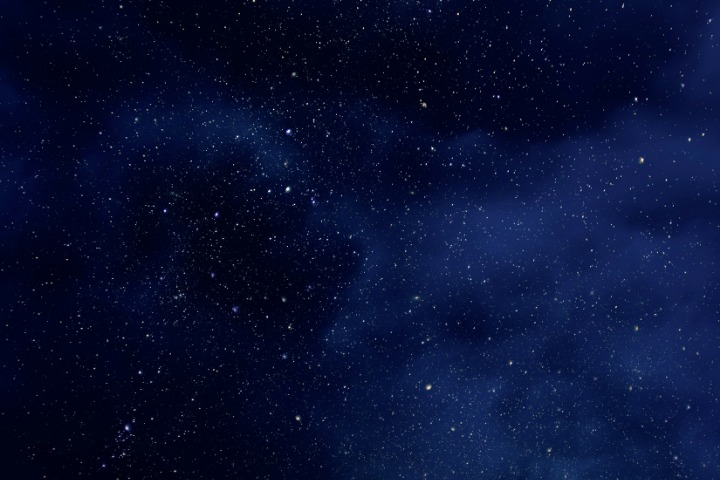
The Japanese Creation Myth, Tenchikaibyaku, translating to ‘Creation of heaven and earth” is the story within Japanese mythology that describes the birth of both the celestial world and the earthly world, the birth of the first kami and the birth of the Japanese archipelago
The creation story is described first-hand at the beginning of the Kojiki, and then again in the Nihon Shoki, both forming the literary basis of Japanese mythology and Shinto. While the story does differ in some regards between the works, the more commonly accepted one is the Kojiki.
In Japanese mythology it is stated that the universe was beaten and shapeless, sunk in chaos and silence. Eventually, due to the movement of light particles clouds and heavens began to take shape until what became known as Takamagahara, 高天原, High Plain of Heaven formed amidst the silence.
When Takamagahara formed the first three kami of Japanese mythology formed, the Zōkasanshin, the three creation gods, followed shortly by another two who emerged from a reed-shoot who collectively became known as the five Kotoamatsukami. Eventually all these kami went into hiding within Takamagahara.
Next a group of kami known as the Kamiyonanayo “Seven Generations of the Age of the Gods” emerged following the formation of heaven and earth. The first two generations of these seven were known as hitorigami, individual genderless deities who weren’t born in pairs with no way to procreate. While the following five were brother and sister married couples, meaning the Kamiyonanayo comprises 12 deities in total.
Kuniumi and Kamiumi
The narrative of Japan’s creation after the creation of heaven and earth can be split into two parts, Kuniumi, the birth of the land, and Kamiumi, the birth of the deities.
The seventh and final generation of Kamiyonanayo were Izanagi no Mikoto, Exalted Male, and Izanami no Mikoto, Exalted Female, who would be responsible for the creation of the Japanese archipelago and the birth of other deities.
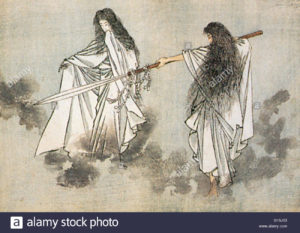 To help achieve this feat Izanagi and Izanami were gifted a jewelled naginata named the Ame-no-nuboko, “Heavenly Jewelled Spear”. Travelling to the Amenoukihashi “Floating Bridge of Heaven” the bridge between heaven and earth, they churned the sea below using the Ame-no-nuboko. The first island of Onogoro, ‘self-forming’ was creates from drops of salty water falling from the naginata.
To help achieve this feat Izanagi and Izanami were gifted a jewelled naginata named the Ame-no-nuboko, “Heavenly Jewelled Spear”. Travelling to the Amenoukihashi “Floating Bridge of Heaven” the bridge between heaven and earth, they churned the sea below using the Ame-no-nuboko. The first island of Onogoro, ‘self-forming’ was creates from drops of salty water falling from the naginata.
It was here that the two deities fell in love and mated, eventually giving way to the formation of the rest of the Japanese archipelago, the eight great islands of Japan, the Ōyashima.
Once the great lands of Japan had been birthed from the two deities love, they turned their attention to the creation of new kami. According to the Kojiki, Izanagi and Izanami birthed 17 children with a further 16 grandchildren, however the number still increases. When Izanami gave birth to the fire deity Kagutsuchi, she was mortally wounded from the burns he inflicted on her genitals. Enraged by this Izanagi took up his sword and killed his child, this death brought the birth of more kami from Kagutsuchi’s corpse and blood, totaling another 16.
Furthermore, during this time the pain and agony Izanami was feeling during her death caused the birth of even more kami, totaling 7 with a further 3 from the tears Izanagi wept as he cried over his wife.
Sun, Moon and Storms
It was after the death of his wife and his subsequent failed attempt to save her from her rotting away for eternity in Yomi, the underworld, which caused the beginning of the the cycle of death to start in the world, that Izanagi went on to create even more deities in the wake of his wife’s passing.
Performing a purification ritual upon himself, he undressed and removed his adornments from his body. Each and every item that he dropped to the ground formed a deity. It was when he went to wash his face that he created three of the most prominent and important gods of the Shinto religion.
Amaterasu, 天照, The Incarnation of the Sun, was born from his left eye. Seen as the goddess of the sun and the universe, Izanagi granted her inheritance of the heavens.
Tsukuyomi, 月読, The Incarnation of the Moon, was born from his right eye. Seen as the god of the moon, Izanagi granted him inheritance of the night and moon.
Susanoo, 須佐之男, The Incarnation of Storms, was born from his nose. Seen as the god of the sea, Izanagi granted him inheritance of the sea and all elements of the storm.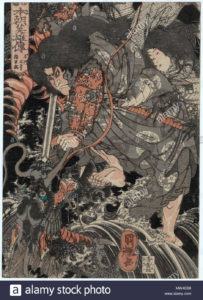
These three kami are known as the Miyashiro-no-uzunomiko, 三貴子, Three Noble Children, and are some of the most prominent and beloved figures within Shinto and Japanese mythology. Their tales and stories are almost universally known throughout Japan.
I highly recommended reading up about their exploits and stories in your own time as they will help with gaining a deeper appreciation for these prominent Japanese figures. Stories such as the feuding between Amaterasu and Susanoo, the Story of the missing Sun, Susanoo and Yamata no Orochi, Amaterasu’s and Tsukuyomi’s separation of day and night and the story of Susanoo and his descendant, Prince Ōkuninushi. All these stories are deeply steeped in Japanese folklore and reading them will give you a new degree of cultural understanding.
Kamiyo ge-kan
The 3 noble children and other kami ruled over Japan peacefully for some time, however it is eventually described in the Nihongi that the Kamiyo ge-kan, 神代下巻 , Age of the Gods: Part 2, began.
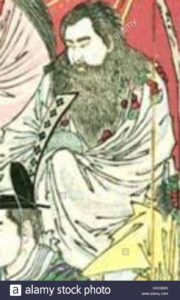
It is here that the Tenson kōrin, 天孫降臨, Descent of the Heavenly Grandson, occurred. Amaterasu had decreed her own grandson, Ninigi, to rule over the terrestrial world, the Ashihara no Nakatsukuni, 葦原中国, Reedy Plains Middle World or Middle Country. Along with Ninigi the Amatsukami, heavenly gods of Takamagahara dispatched various members of their own kind as well to assist in subjugating the terrestrial world. However, the Kunitsukami, terrestrial gods were none to keen to just hand over their land the gods that dwell in heaven.
After many long battles, hard fought wars, and false starts with much desertion and dereliction from multiple gods on either side, two Amatsukami were finally successful. Ame-no-ohabari, a once heavenly sword that Izangi used to kill Kagustuchi now given the speech and sentience of a god and Takemikazuchi, 建御雷, his son the kami of thunder.
Using the Ame-no-torifune, Deity Heavenly-Bird-Boat, these two kami were abled to quell the rebellion in the Middle Country and subjugate it in order to Ninigi to rule. Amaterasu decreed her grandson as the Amakudari, 天降り, Descent from heaven, installing him to rule over the terrestrial world.
She endowed him with three sacred treasures which are now the Sanshu no Jingi/Mikusa no Kamudakara, 三種の神器, the Imperial Regalia of Japan. Consisting off:
- The necklace, Yasakani no magatama, now located in the Imperial palace in Tokyo
- The mirror, Yata no kagami, now located in the grand shrin of Ise
- The sword, Kusanagi, now located in the Atsuta Shrine in Nagoya

It is said that the imperial family of Japan are descendants of Ninigi, which is why they have access to the Imperial Regalia and perform numerous ceremonies including abdication and coronation with them.
Ninigi during his time as Amakudari, met, fell in love and married Konohanasakuya-hime daughter of Yamatsumi and sired three children, Hoderi, Hosuseri and Howori. They would go on to have their own stories that are chronicled in the Nihon Shoki and continue the lineage of Ninigi.
Mythical Emperor
The first legendary Emperor of Japan was known as Emperor Jimmu, Iwarebiko, 神倭伊波礼琵古命, he is the son of Ugaya, a descendent of Ninigi. His ascension to the throne marked the transition from the Age of the Gods to the Human Age.

Using his lineage as a descendant of Amaterasu, Emperor Jimmu launched an expedition to capture Yamato. After taking control of the province he established the beginning of the imperial throne and acceded in the year of kanototori, which equates to about 660 B.C It is after this that Jimmu starts his of the lands to the east of Yamoto to consolidate his power
According to the Kojiki, Jimmu died when he reached the age of 126, and was given the posthumous name of ‘divine might’ and ‘god-warrior’
It is from here that the line of Japanese emperors begun, continuing all the way to today, to the 126th emperor that was coronated just a few months ago in May 2019.
Chronicles of Time
The Kojiki and Nihon Shoki texts offer us a detailed and vast look into the history of Japan and its mythology that would otherwise most likely be lost to time. However, upon closer inspection it is evident to see what the true purpose of the creation of these texts were. Commissioned by the 44th and 45th empresses of Japan respectively, the purpose of the texts is to cement the narrative that it is by divine mandate that the Yamato Line, The Imperial House of Japan, has the right to rule over Japan.
Even today the current imperial family of Japan are descendants of the kami that are said to have ruled Japan those many millennia ago. I hope it is obvious to see how understanding these myths and customs can be vitally important when discussing the royal family and their heritage when within the country. Especially as to not make any offence when discussing some incredibly well known and respected figures.
Learning More About Japanese Mythology
If you wish to know more about the subject of Japanese mythology, there are hundreds of gods that you can research, each with their own customs and stories. Many even have their own shrines located throughout Japan that you can visit to pay your respects. There are hundreds of more stories to be heard, like the stories of Susanoo’s descendants and their travels in the middle world, the travels of Izanagi in Yomi and the many tales of Japans mythological creatures such as the Yatagarasu and White Rabbit.
I hope you enjoyed this look into the world of Japanese mythology and have felt a yearning to learn more about this culture and continue to research it in your own time.
This article was originally published on February 23, 2020 and updated and republished on June 4, 2021.

